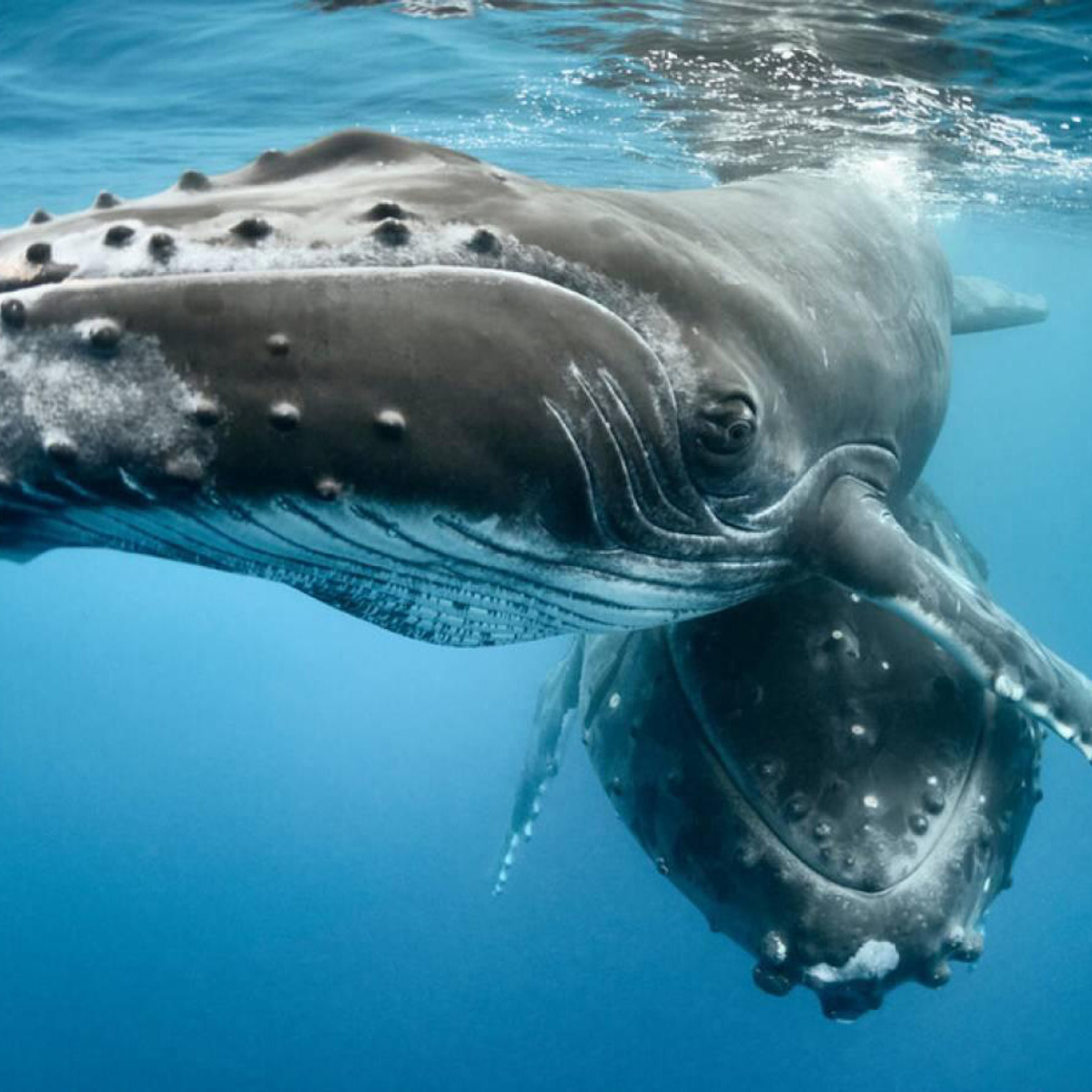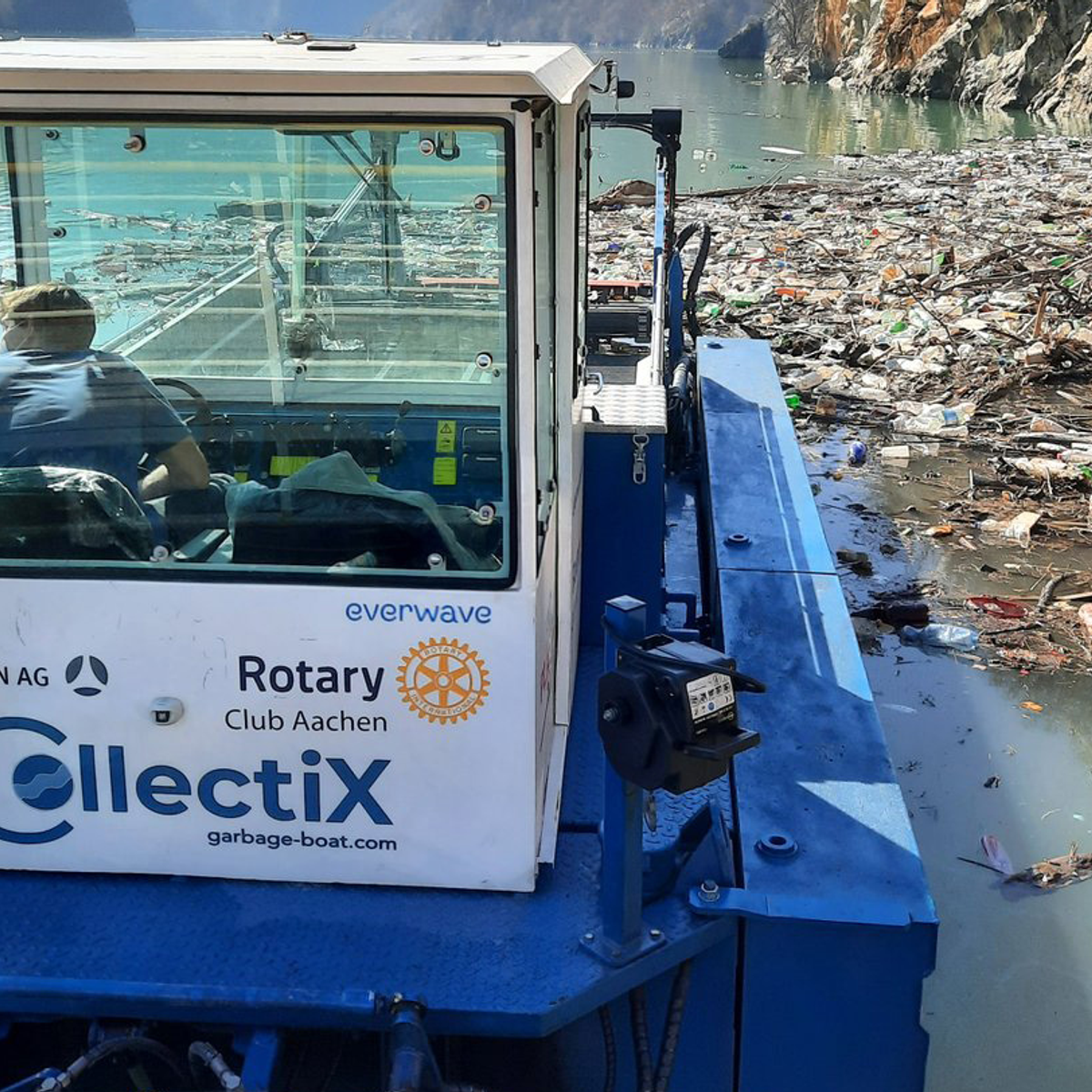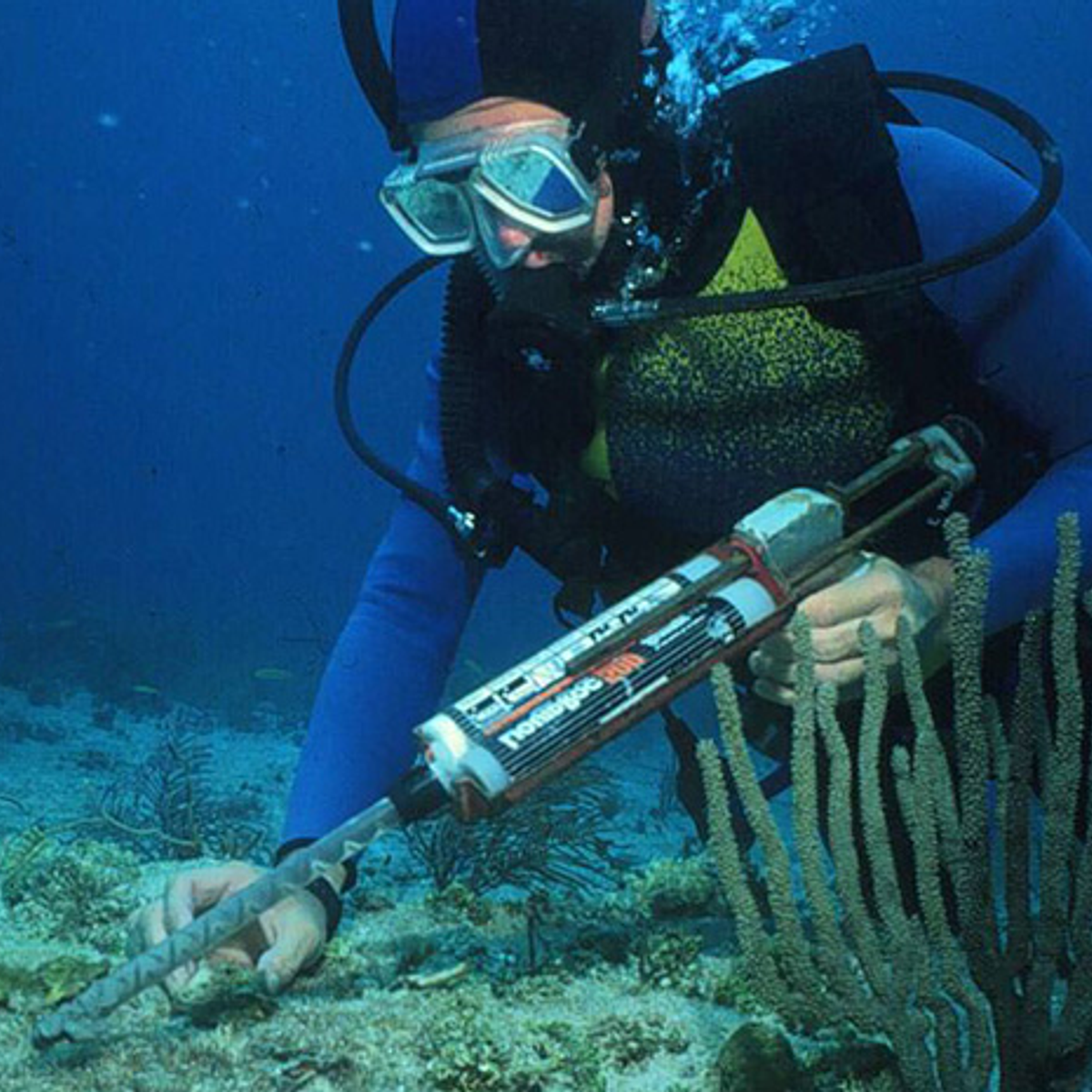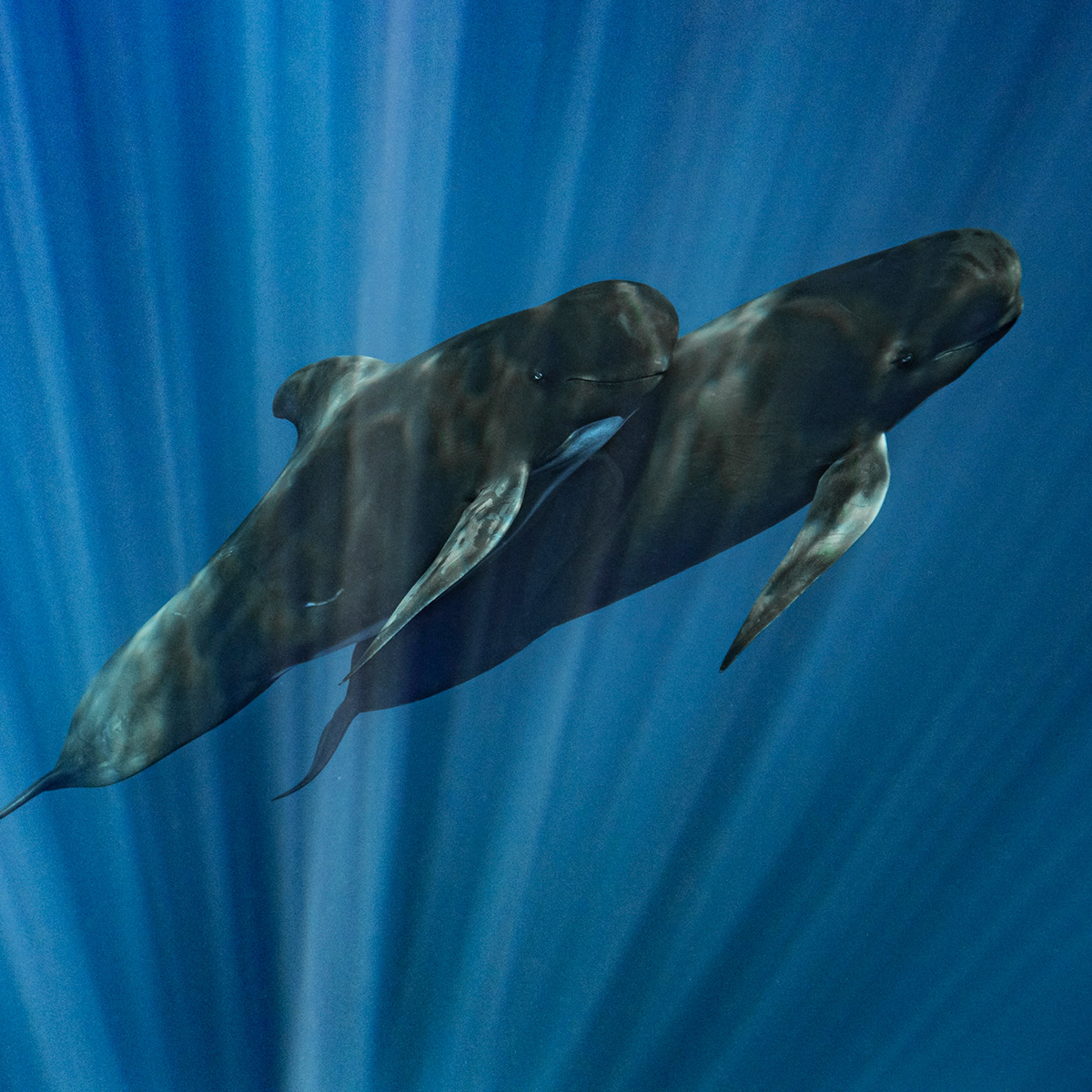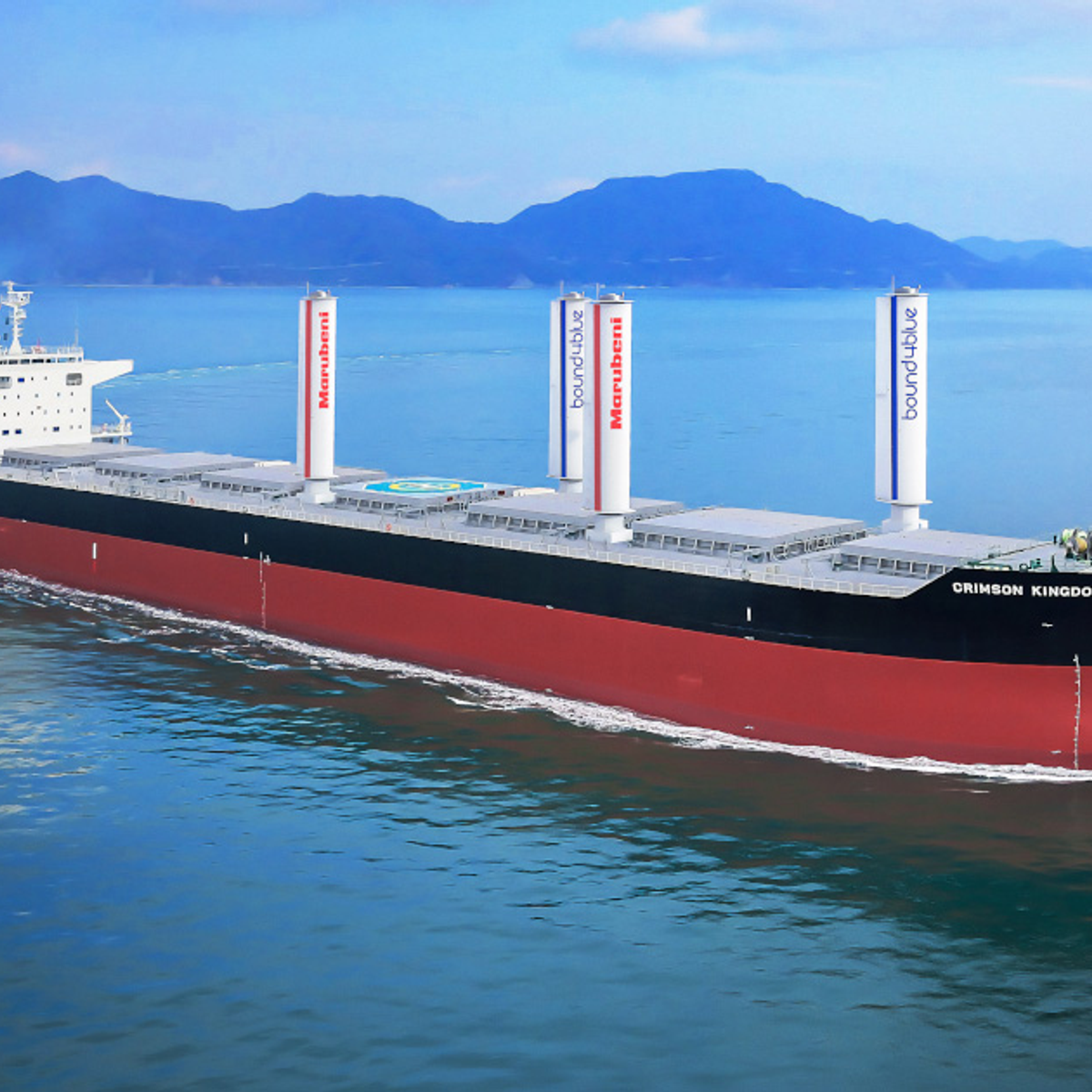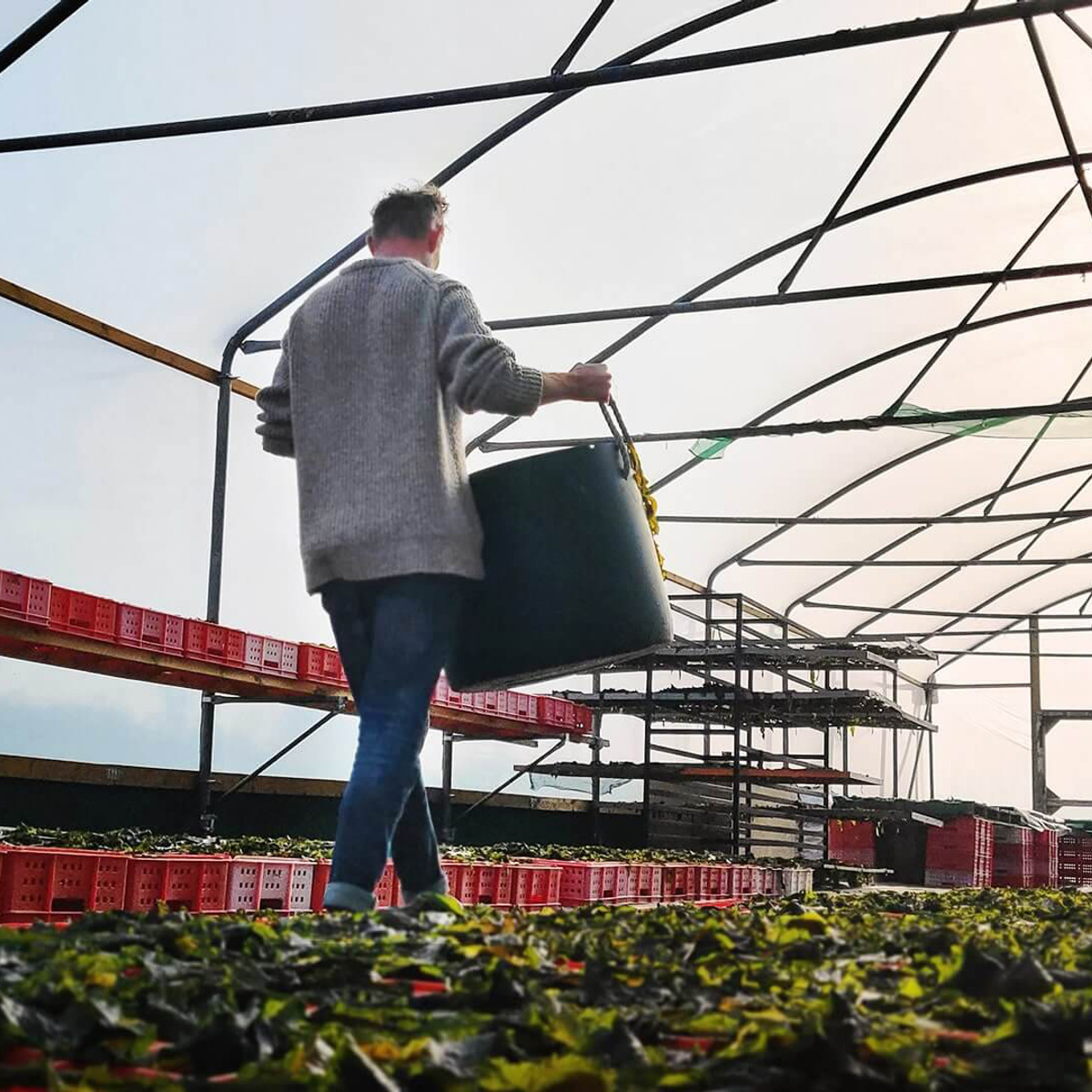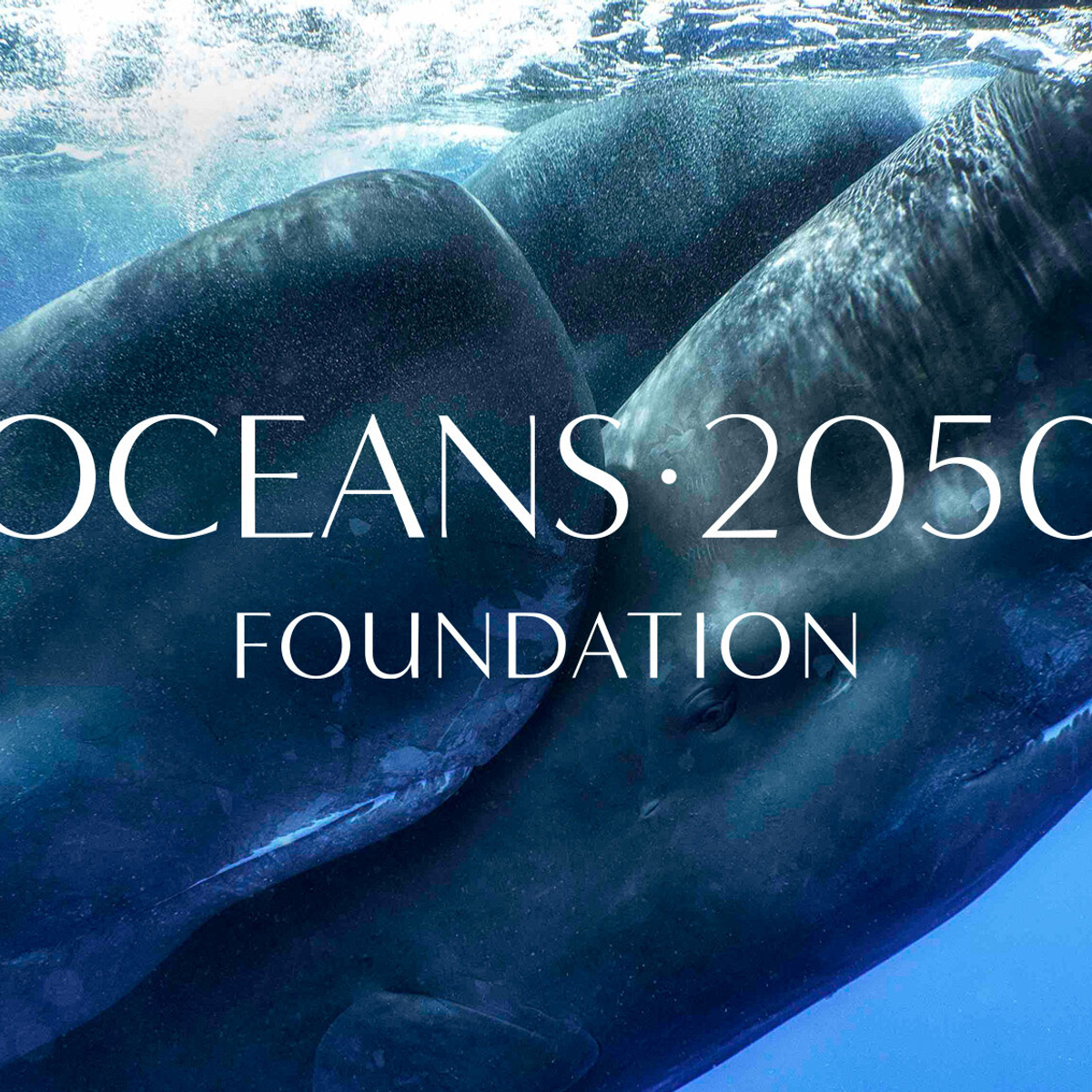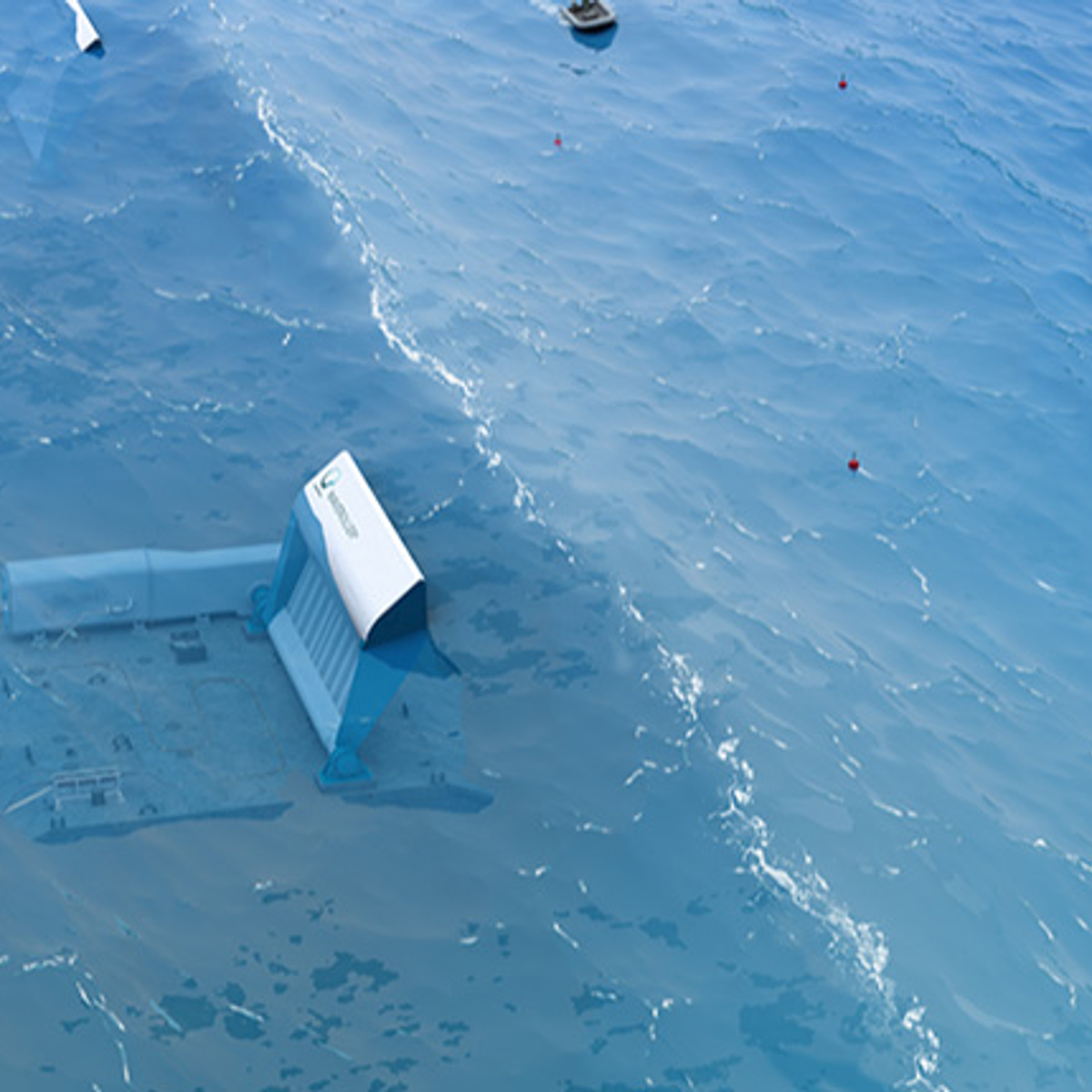A healthy ocean for a sustainable planet. A healthy ocean for a sustainable planet. A healthy ocean for a sustainable planet. A healthy ocean for a sustainable planet. A healthy ocean for a sustainable planet
A healthy ocean for a sustainable planet. A healthy ocean for a sustainable planet. A healthy ocean for a sustainable planet. A healthy ocean for a sustainable planet
01 December 2022
A healthy ocean for a sustainable planet
Forum, Sustainability
Pollution, carbon capture, energy production and biodiversity are all crucial factors in ocean conservation. Science advances our understanding and provides solutions.
The ocean is the planet’s largest ecosystem, covering 71% of Earth’s surface. Two-thirds of the global population live on or near the coast. Ocean-based trade is estimated at US$ 2.5 trillion a year (according to a 2018 WWF report), two-thirds of which relies on a healthy ocean. The ocean absorbs 30% of man-made carbon emissions and is an important climate regulator. Some 900 million people rely on coastal resources for food (2020). The ocean provides countless opportunities for culture and leisure. It is essential to our well-being. Moreso it is vital to the entire planetary ecosystem, yet we allow it to dangerously deteriorate.
We have already lost 50% of coral reefs and mangroves – the two most productive natural habitats. Many fish stocks are on the verge of depletion, with disastrous consequences for other marine species such as turtles, dolphins, whales and seabirds. Pollution from plastic, hydrocarbons and agrochemicals contaminates the food chain. The ocean is warmer and its waters increasingly acidified because of climate change.
A 'continent' of plastic three times the size of France continues to grow in the North Pacific.
We are now so close to a tipping point that the United Nations has declared the Decade of Ocean Science for Sustainable Development (2012-2030). Addressing pollution (plastic, but also noise pollution) is essential; understanding how the ocean functions as a carbon sink and a source of energy is vital; knowing more about its biodiversity and sharing information as widely as possible is indispensable. The question being, which directions should research take and how can technology help?
In 2022, carbon emissions will increase by 1%, while they should be reduced by 5% to 10%.
Fighting pollution
According to the Organisation for Economic Co-operation and Development (OECD), the amount of plastic waste increased from 156 million tonnes in 2000 to 353 million tonnes in 2019. Barely 9% is recycled. Each year, more than 11 million tonnes of plastic are discharged into the ocean, choking marine life, destroying ecosystems and contaminating the food chain. The problem is not going to solve itself. In the North Pacific, an entire “continent” of plastic extends over 1.6 million square kilometres (triple the size of France) and continues to grow. There are four others, in the South Pacific, North and South Atlantic, and Indian Ocean.
The most obvious solution is to prevent plastic from reaching the ocean in the first place. Bertrand Piccard’s Solar Impulse Foundation champions multiple viable and sustainable ways to protect the ocean. One of the simplest and most effective are Blue Barriers on rivers, which use water flow to channel plastic waste into a basin where it is collected for recycling. In standard conditions this system collects close to 100% of plastic, thereby protecting river and ocean ecosystems, improving quality of life for local populations and enhancing the long-term potential of fishing and tourism. Another simple and effective project, the CollectiX garbage-boat clears bodies of water of up to 20 tonnes of waste per day, without harming fish. The boat is guided by a drone which identifies waste hotspots. It is also equipped with sensors that analyse the composition of the waste. Plastic recovered by the boat is recycled into new products or construction materials.
As these technologies remind us, we must treat the cause of ocean pollution and not just the symptoms. This includes reduction or elimination of single-use plastic. Notpla has developed a range of innovative and fully biodegradable packaging materials made from seaweed and plants. The company’s edible bubbles, which replace plastic cups and bottles as containers for liquid, generated a huge buzz when they were introduced at the 2019 London Marathon (and others since then). Additional solutions include coatings for takeaway food cartons and rigid packaging – as showcased by ID Genève at the Re-Luxury fair in Geneva, early November. Seaweed is an abundant, fast-growing resource that perfectly fits a sustainable and circular economic model.
For these transformations to amount to more than good intentions, governments must tackle the question of ocean conservation head-on. We seem to be moving in the right direction. In March 2022, 175 nations endorsed a United Nations resolution to end plastic pollution. This roadmap for a global treaty recognises plastic’s impact on the environment, human health and marine life. The resolution addresses the full life cycle of plastic from production, through to sustainable design and recycling infrastructure, and the development of alternatives. Negotiations have until end 2024 to produce a legally binding agreement, meaning there is no time to… waste.
Fishing is another cause of ocean pollution that needs stricter regulation. The Ocean Cleanup reports the findings of its study which indicates that 75% to 86% of the Great Pacific Garbage Patch - the vortex of plastic in the North Pacific - is attributable to offshore fishing and aquaculture. We also need to rethink maritime transport, which carries 90% of global trade. Ships discharge some 300,000 tonnes of hydrocarbons into the ocean each year (source: agence-france-électricité.fr), which is 10% of hydrocarbon pollution (oil platforms produce more oil spills). Maritime transport’s main impact is on air pollution, generating 5% of global CO₂ emissions (source: International Maritime Organization). And there is more: 70% of cetacean deaths are the result of vessel strikes, as underwater noise pollution prevents them from echolocating ships. Solutions exist, for example an extension of emission control areas to Asia (Sea of Japan) and the Mediterranean. A reduction in vessel speed from 12 knots to 10 knots would cut emissions by 30%. A solution put forward by the Solar Impulse Foundation is bound4blue, creator of a rigid sail for merchant vessels that uses wind to generate forwards thrust and reduce the need for propulsion by the engine. The system reduces emissions by 10% to 30%.
Ultimately, however, the simplest solution would be to reduce the number of vessels plying the ocean, consume locally in order to reduce transportation, and think circular. Scientists across the globe have been alerting us for decades: if we don’t reduce the amount of plastic produced; if we don’t provide appropriate recycling infrastructure; if we don’t regulate industry, the Great Pacific Garbage Patch will get bigger and bigger…
Carbon capture and blue energy
The ocean produces more than 50% of the oxygen we breathe. It is also our main carbon sink. For these reasons, we need the ocean to continue to function as a climate regulator. However, increased water temperature and greater acidification show that the ocean is reaching the limit of its capacity to absorb carbon. Latest estimates by the Global Carbon Project indicate that we will emit 40.6 billion tonnes of CO₂: in 2022. This is 1% more than in 2021 when we need to reduce emissions by between 5% and 10% per year if we are to reach the target of the 2015 Paris Agreement to limit global warming to 1.5°C above pre-industrial levels.
Salt marshes, mangroves and seagrass beds capture CO₂ ten times faster and store five times more per hectare than tropical forest. In addition to supporting marine life and providing a livelihood for coastal populations, coastal ecosystems (including coral reefs) account for around 50% of ocean carbon capture. This so-called blue carbon is the most effective form of long-term sequestration and storage. Kelp farms are one of the most promising pathways to developing this capacity. Kelp is a fast-growing seaweed capable of absorbing 20 times more carbon than a land-based plant of identical size. Oceans 2050, an organisation co-founded by Alexandra Cousteau (granddaughter of Jacques Cousteau), is leading studies in this field with the aim of restoring the ocean to health.
Kelp farms currently capture 640 million tonnes of carbon - ten times less than terrestrial forests – but have important potential and also provide significant collateral benefits. Kelp improves water quality, encourages biodiversity and locally alleviates ocean acidification. It grows without fertilisers, pesticides or freshwater, and provides employment opportunities for women in developing economies. Carlos Duarte, Chief Scientist with Oceans 2050, says that kelp farms can play a vital role in safeguarding the ocean and fighting climate change. His vision is for 4,000,000 sq. km. of farms (2,000 times the current surface area) that would become a huge and thriving ecosystem for millions of fish as well as coastal populations.
Ocean waves and tides are a fabulous source of endlessly renewable energy. The Solar Impulse Foundation has identified several solutions that harness this potential. WaveRoller is a submerged oscillating wave surge converter that produces consistent, renewable, emissions-free electricity from ocean waves. It gives coastal populations direct access to an alternative energy, at a levelised cost (LCOE) comparable to that of wind energy. The device is anchored to the seabed and therefore has less visual impact than a wind turbine. This is one example of the simple solutions the ocean can provide, based on natural mechanisms, that we would do well to understand and develop.
Preserving biodiversity
Scientists face the challenge of identifying ways to preserve ocean ecosystems when 95% of ocean biodiversity is still unknown. Despite their importance, coastal ecosystems come under increasing pressure. One of the most striking examples is the destruction of coral reefs. Over the past 30 years, 50% have died and environmental scientists warn that almost all the world’s coral reefs could disappear by 2050. Innovations singled out by the Solar Impulse Foundation include several aimed at restoring these coral reefs. Coral Vita grows coral on land-based farms using methods which accelerate growth by up to 50 times. This coral is also more resistant to ocean warming and acidification.
Pressure on fish stocks is another threat to ocean biodiversity. Already, 30% of the world’s fish stocks are overfished. Fishing techniques such as driftnets and trawling catch species other than the target species: of the 100 million tonnes of catch per year, 38 million tonnes are bycatch. Institutionalised overfishing has resulted in a significant decline in the number of marine species over the past 40 years. Science plays an essential role as it improves knowledge of fish stocks and of the impacts of marine pollution and industrial fishing methods. Tighter regulations and controls must be introduced.
Greater scientific understanding of the ocean and knowledge-sharing are another path towards the conservation of this vital ecosystem. According to the National Ocean Service, more than 80% of the ocean is unmapped and unexplored. By documenting whale migration, a project such as the WWF’s Blue Corridors can outline solutions to protect these critical areas. Similarly, MapBiomas and Global Water Watch use artificial intelligence and machine learning to provide precise data on the consequences of climate change and inform decision-making. Making this information available to the wider scientific community, sharing experiences and large-scale collaboration all contribute to ocean conservation efforts.
Financing
Every one of these projects and technologies has to be funded. For decades the IPCC has been urging us to stop investing in fossil fuels and redirect these funds into solutions that have a positive impact on the planet. Whether science-based or based on nature itself, these solutions are not lacking. What is lacking is political and corporate will. We can’t say we didn’t know. The Sustainable Ocean Alliance could not be clearer: “It is time to change the way we see the ocean - from a place where we take what we want and dump what we don't, to a shared resource of immense value.”
The climate, ecosystems (including the ocean) and human societies are all related. If the ocean dies, life on Earth is in danger. As Victor Hugo wrote, “There comes a time when protest no longer suffices; after philosophy, there must be action.” The time for action is now.
